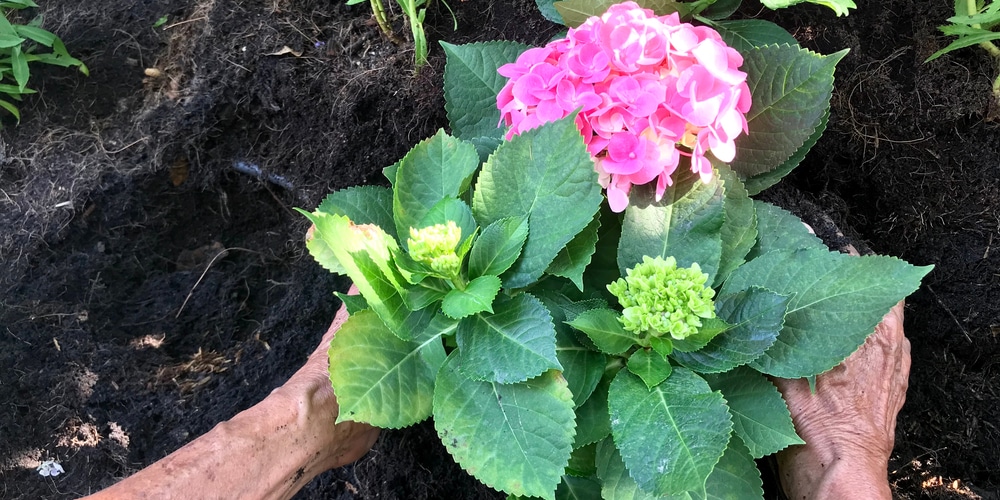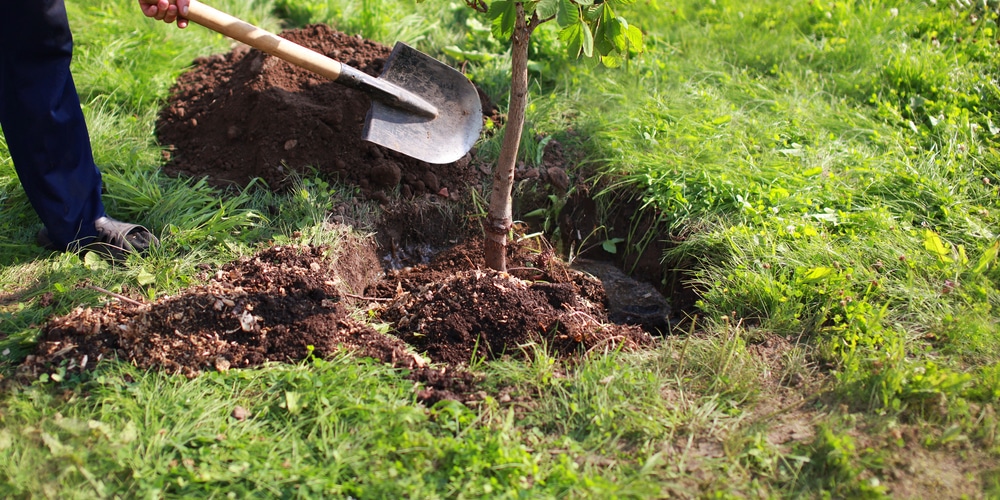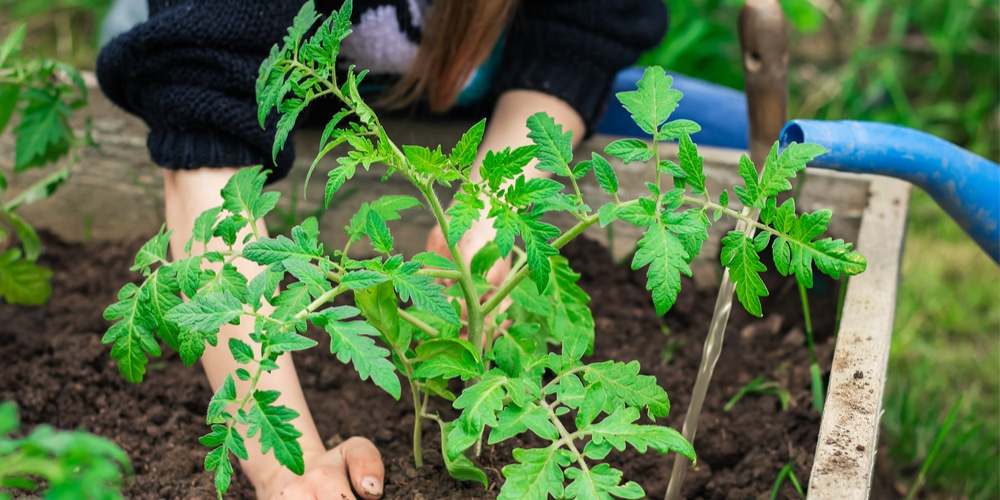There are few things more heartbreaking than watching a beloved plant wither away after being moved to a new home. Whether it’s a delicate flower that was uprooted during a garden redesign or a cherished houseplant that was transferred to a new pot out in the garden, witnessing a plant in transplant shock can be heartbreaking.
You’ve probably heard of it before but never realized that this can happen to you too. But take heart! In most cases, transplant shock is only temporary. Recovery is possible with the right care and attention.
What Is Transplant Shock?

Transplant shock is “a condition that results when a plant experiences an interruption in its root system.” This can happen for a variety of reasons, including:
- Moving a plant to a new location
- Changing the pot size
- Adding or removing soil amendments
- Pruning the roots
These changes can cause the plant to go into survival mode, which means that it will stop growing and focus all of its energy on simply staying alive. In some cases, the plant may simply be too young or delicate to withstand the rigors of being moved.
There are several different ways to tell if your plant is in transplant shock. The most common symptom is wilting leaves, but other signs can include:
- Leaves that are yellow or brown
- Leaf drop
- Stunted growth
- Buds that fail to open
In some cases, you may also see the plant’s stems begin to turn soft or mushy. This indicates that the roots can no longer take up water and deliver it to the rest of the plant.
While transplant shock can be alarming, it’s important to remember that, in most cases, it is only temporary. With the proper care, your plant will soon recover and return to its previous state of health.
How Long Does Transplant Shock Last?
Depending on the severity of the shock, it can take anywhere from a few days to years. It also depends on the kind of plant or tree experiencing a shock. Some species are more resistant to transplant shock than others.
For example, deciduous trees typically recover more quickly than evergreens. Unfortunately, the longer they are in shock, the plant’s chances of surviving get slimmer by the day.
In general, however, most plants will start to show signs of improvement within a few weeks. New growth is often the first sign that the plant is on the road to recovery.
Tips on How to Help Your Plant Recover from Transplant Shock
Imagine how you would feel if you were comfortable in your home for years. Then one day, someone came in and moved all of your furniture around, took away some of your belongings, and then left you in a new place. It’s pretty jarring, right? The same is true for plants. They become accustomed to their surroundings and don’t take well to sudden changes.
Fortunately and thankfully, if your plant is in transplant shock, there are things you can do to help it recover. It requires a lot of care and attention from your end, but it’s well worth it to save your plant. Here are a few tips:
Water Regularly
This is probably by far the most important thing you can do to help your plant recover from transplant shock. When a plant is moved, its root system is disrupted, which means that it can no longer take up water as efficiently. Watering your plant regularly will help to ensure that it stays hydrated and doesn’t succumb to drought stress.
Be sure to water deeply, soaking the roots so that they can absorb as much water as possible. If the soil is dry more than an inch down, then it’s time to water again. However, don’t let the soil get too soggy, as this can lead to another problem – root rot.
Prune the Leaves
During the transplant process, there are times when the roots may get damaged. If this is the case, trim the plant’s top growth and foliage. This will help prevent the plant from losing too much water and encourage it to focus its energy on growing new roots.
Don’t Fertilize Yet
As much as we want to give our plants a boost of nutrients, it’s best to wait until the plant has had a chance to recover from the transplant before fertilizing. Fertilizing too early can actually do more harm than good and may just add stress to an already stressed-out plant.
Consider Adding Epsom Salt
Adding Epsom salt to the soil can help provide much-needed magnesium and sulfate, which can aid in recovery. A tablespoon of Epsom salt to a gallon of water is all you need. You can use this to water your plant. This solution considerably aids in the recovery and minimizes effects brought by shock.
Bonus Tips: How to Avoid Transplant Shock
Now that you know how to deal with transplant shock, it’s time to learn how to avoid it in the first place. Here are a few tips:
Transplant at the Right Time
Extreme hot and cold weather conditions put additional stress on plants, which makes them more susceptible to transplant shock. If at all possible, wait until the start of spring or by the end of fall. These times are the plants’ dormant and active phases, and they are better able to withstand transplanting.
Water Thoroughly Before Transplanting
Before you dig up your plant, water it deeply a few hours before. This will help to ensure that the plant’s roots are hydrated and won’t be as easily damaged during the transplant process.
Be Gentle with the Roots
When transplanting, it’s important to handle the roots with care. Gently loosen the roots and avoid breaking them if possible. The less damage done to the roots, the better chance the plant has of surviving and thriving in its new home.
Final Thoughts
Transplant shock is a real thing and can be quite devastating to a plant. However, by following the tips above, you can help your plant to recover and avoid transplant shock altogether.
Remember, the key is to be patient, gentle, and consistent with your watering. With a little love and care, your plant will be back to its old self in no time.

